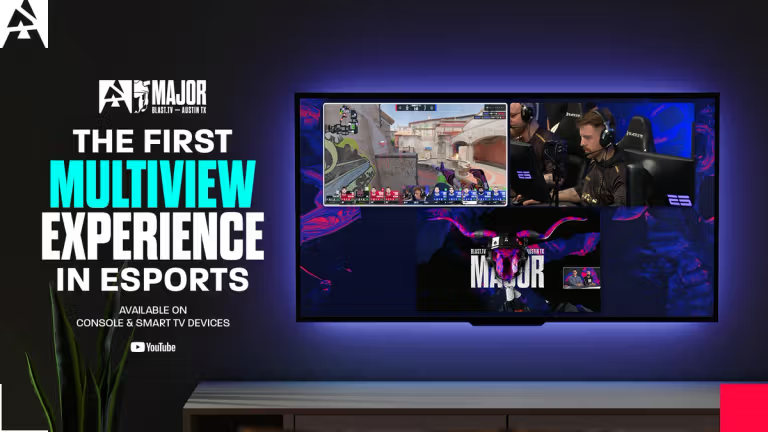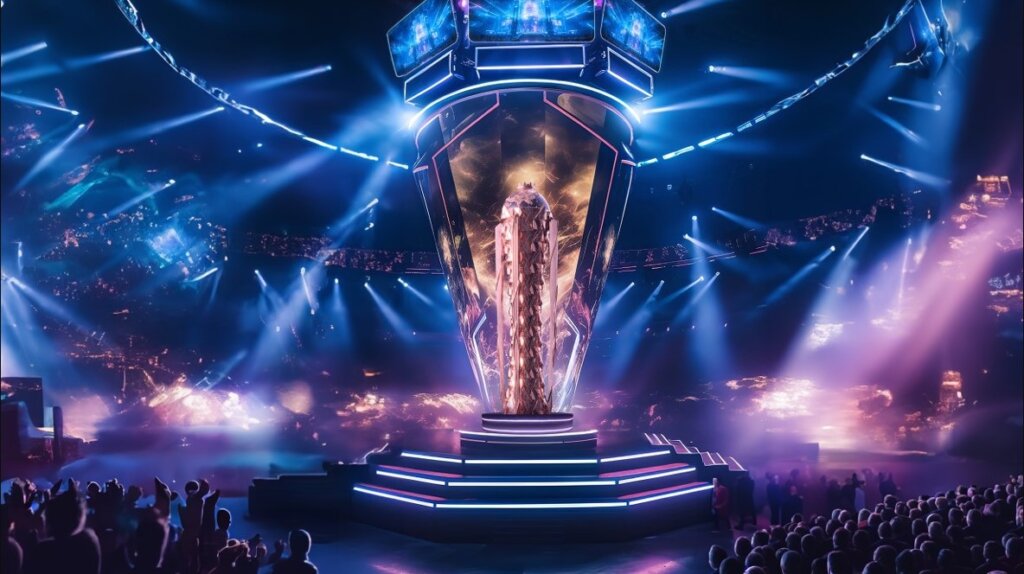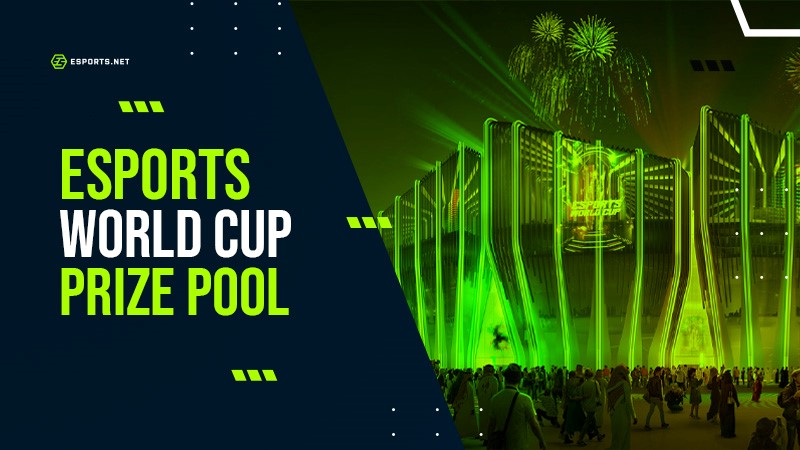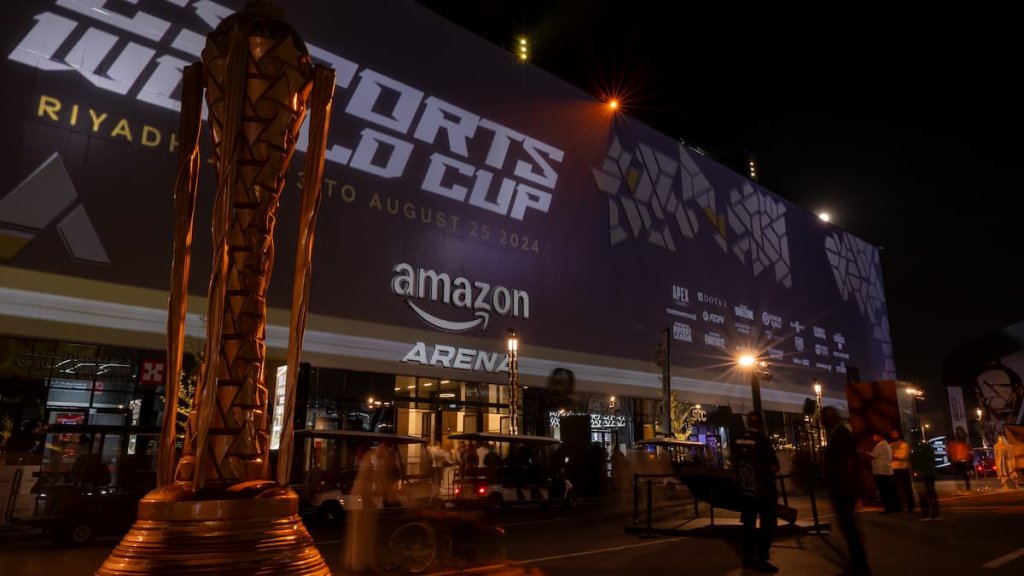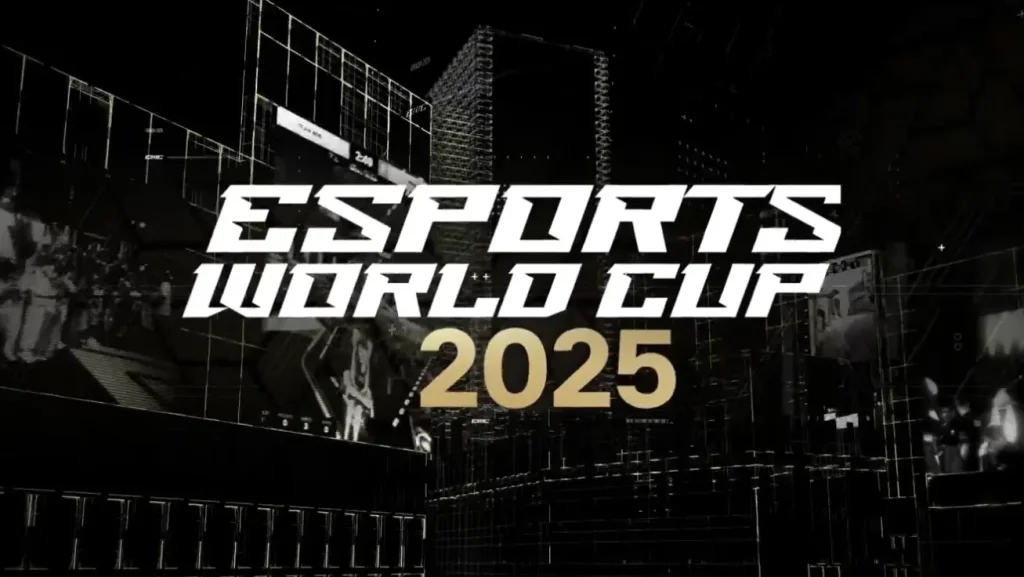
Has transitioning esport careers after “Going Pro” become any easier?
The esports careers of a professional esports players are far from glamorous. There are countless hours of grinding, stress, weighty expectations, and bitter disappointments. In the end, is a price to pay for all the fan attention, high salaries, and momentous stage matches.
It is not uncommon for players to eventually be worn down mentally or physically by the non-stop grind aspect of competitive esports life. Burnout is a common cause of physical and mental fatigue. The esports calendar is year-long, with very little time for rest and recovery. Week after week, month after month, year after year: eventually, it can just become too heavy a burden to bear.
But what happens once the grinding takes its toll, once reflexes slow down and performance dwindles. Are there esports careers for most competitive athletes?

© Blizzard / HGC
The path out of pro
Retiring as a player is rarely an easy process. The majority of pro players would likely never retire if they could maintain the form, schedule and lifestyle for 10 or more years. However, the deeper players get into their 20s, the harder it becomes to focus and stay mechanically able to compete at the highest level. Experience comes with age, but so does the inability to compete at the highest level. In the end, athletes end up pushed out of the spotlight and quickly forgotten.
Sometimes, players must retire for physical reasons. Legendary League of Legends (LoL) competitor Zi-Hao “Uzi” Jian of the Royal Never Give Up (RNG) organization paid the price of eight years of high-intensity training eventually led to untenable injuries. Similarly, Paul “sOAZ” Boyer, the legendary European LoL toplaner dealt with a wrist injury that ultimately cost him his career high and slowly forced him into retirement.
In some cases, lack of motivation becomes a huge factor. Daniel “Dafran” Francesca retired from the Overwatch League after becoming disillusioned with the competitive gaming life. Yet, the list of players “retiring” for injuries, burnout or lack of motivation is way shorter than the list of players that simply stop playing at their best and get left behind.
Whatever the reasons, after dedicating the better part of their prime years to competitive gaming, professional players must inevitably ask themselves : What happens next?
We can bang on about getting a job in the esports industry or becoming an esports journalist, but the reality is, many of the professional athletes are ill equipped to move out of their esports career.
Most athletes reach their prime esports form at the age of 17 and 18 after spending two or three years playing their favorite game. By the time their career is over, most are in their 20s, having sacrificed high school, university education and their “normal” lives to the industry.
With the growing esports industry, we also gain a growing “workforce” of former esports athletes with very limited career options moving forward.
[cta id=2581 type=geo]Life as an entertainment streamer
Some professional players can fall back on the popularity they earned as a competitor, and move to the role of streaming as an entertainer. These players rely on their gameplay talent and ability to draw viewers to work independently as content creators and entertainers.
Think William “scarra” Li, Michael “imaqtpie” Santana, and Michael “shroud” Grzesiek.
Scarra was best known during his playing career as the mid laner for Team Dignitas from 2011 to 2014. He currently streams for the Offline TV media group. He primarily streamed League of Legends but has slowly branched into other content over time. The most popular content is other Riot Games’ titles such as Teamfight Tactics, Valorant, and Legends of Runeterra, but he has done other games such as World of Warcraft or Magic: The Gathering.
Imaqtpie, also known as QT, predominantly streams League of Legends. He is more typical of professional players who do not branch out as a streamer into different games and instead continues to operate primarily within his former competitive game.
Shroud is one of the most successful former professional players who moved to streaming. He is one of the world’s biggest streamers and has successfully moved past his previous competitive game, Counter-Strike: Global Offensive (CS:GO). He is now a full-time variety streamer with an average viewership of over 20 thousand viewers for a multitude of different titles.
Yet, for the hundreds of examples we can give about former athletes moving into successful streaming careers, there are thousands of athletes who do not possess the “oompf” to attract an audience that pays the bills.
Life as broadcaster talent
An even smaller batch of professional players have the skills necessary to transition to working full-time as a member of the on-camera broadcast talent. This can include either working as a desk analyst or working as a commentator or caster.
Professional players who become casters or analysts have great insight into the game and often provide insightful commentary that stems from their understanding. They also tend to have greater empathy for the competing players and can help elaborate or explain certain things by relating it to their own direct experiences. This includes team dynamics, interplayer relationships, in-the-moment decision-making, and pressure players frequently face. Working as an on-camera talent can give players continued visibility in the spotlight. As an analyst or caster, players can help elevate the commentary by adding a previously-missing approach to the broadcast.
Some examples of professional players who transitioned to working as caster talent are Henry “HenryG” Greer, Mitch “Boris” Voorspoels, Alberto “Crumbz” Rengifo and Sam “Kobe” Hartman-Kenzler.
Crumbz competed most notably as the jungler for Dignitas’ League of Legends team in the League of Legends Championship Series (LCS). His overall playing career lasted from 2011 to 2016. He temporarily coached in 2016 for Apex Gaming/Apex Pride before transitioning to a desk analyst role.
Kobe briefly competed on Counter-Logic Gaming in 2011 but then transitioned to casting, which he continues to do today. He stands out as a former player who spent far more time commentating and is likely more famous for his casting than his play.
After a playing career from 2011 to 2015 as a support, Krepo worked for the European LCS as a caster and most famously commentated at the 2015 World Championship. He left the broadcast and, in 2017, returned to teams, working till 2020 in various other positions such as analyst, coach, general manager, or player. He changed his “name” to Boris after finishing his competitive career.
Henry “HenryG” Greer was a former professional player in Counter-Strike: Source and CS:GO who competed from 2004-2015. He became well-known for his role as a broadcast analyst and commentator from 2015-2020. In 2020, he announced his retirement from casting and is now the general manager for Cloud9’s CS:GO team.
Not every professional player is suited for commentary however. It requires eloquence and on-camera charisma, two traits not many players or even humans possess. Even for those who can perform the role well, sometimes they may find it merely unfulfilling and prefer to be involved in the teams’ side of things more than on the broadcasting side.
Ways to keep esports careers going
As described with Krepo, some professional players can remain relevant in the esports industry by transitioning to other roles for teams. Some like, Carlos “ocelote” Rodríguez Santiago went from player to the most established esports team owners in the industry. Ocelote’s G2 Esports is one of the most prominent and most influential esports organizations globally.
With the various roles, it is clear that a playing career does not need to be the end for professional players. So long as they have the determination and skillset, they can pursue many new opportunities in the esports industry. However, we only named a mere handful of esports athletes, out of potentially thousands that are in need of an esports career after going pro.
For many, the industry remains shut as they do not posses the necessary skillset to transition out of pro play. Granted, the growing esports industry opens up more and more positions where former players can remain included. From community managers to game advisors or esports educators there are many tie-in industries opening up. There is however a growing amount of esports athletes that outpaces what the industry can handle.
Maybe its time for game developers that run franchised leagues or the esports teams, to look into education and esports careers planning for their athletes as part of their natural athlete lifecycle.
Read next: Can the plight of MIBR players lead to a new beginning?
